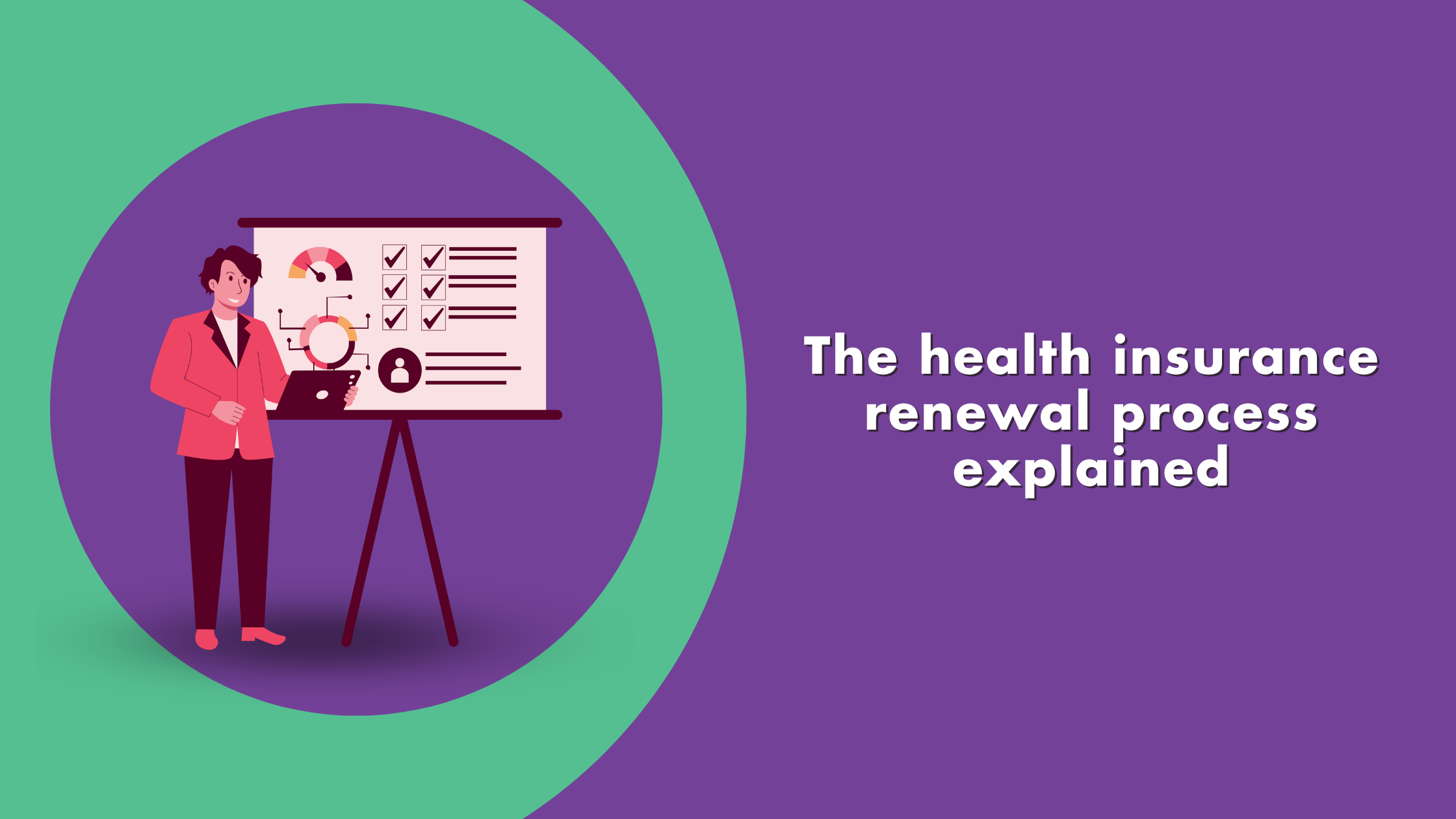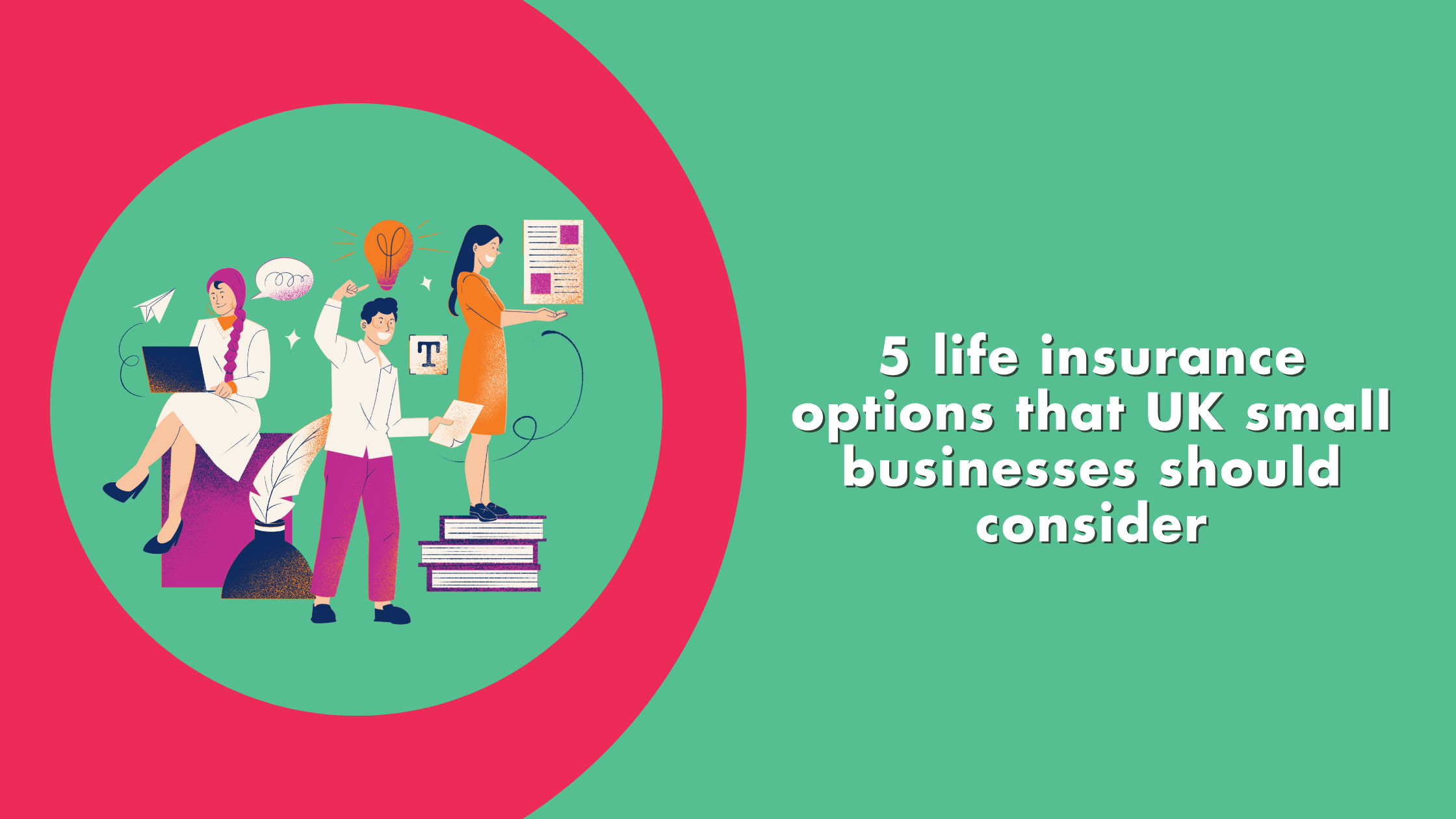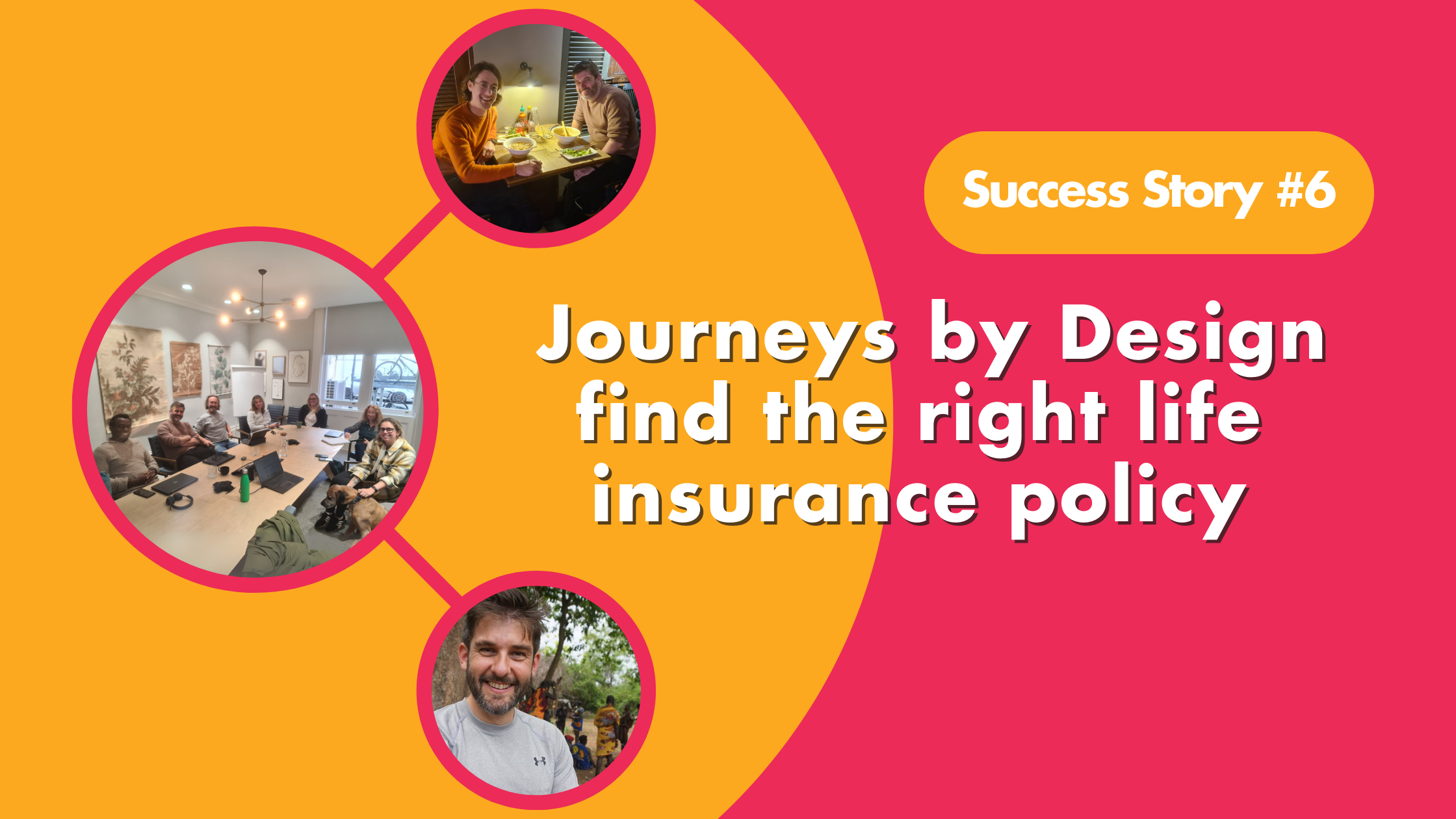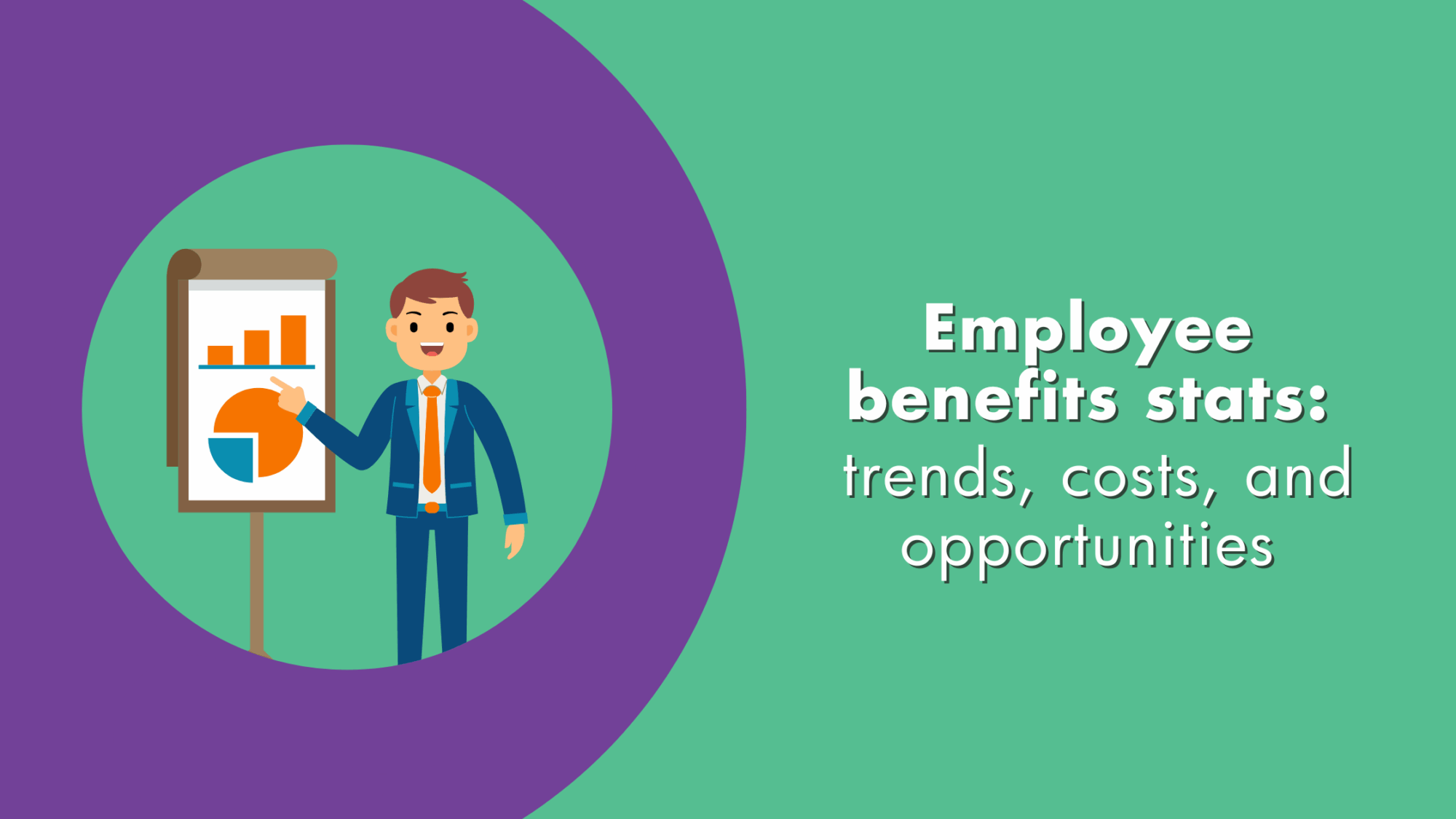Voluntary benefits have fast become one of the most popular ways of offering employee benefits. It’s easy to see why: staff get to choose which benefits to opt into, while companies control costs.
Back in 2018, only 36% of employers predicted that voluntary benefits would become a core part of their rewards strategy. Just three years later, that rose to a whopping 94%!
In this article, we’ll explain – in the simplest possible terms – what voluntary benefits are, how they work and the hard-nosed business case for introducing them.
Do you need help setting up a voluntary benefits plan? At Hooray, we provide a FREE quotation and advice service to ensure you get the most cost-effective health and protection policies for your business.
What are voluntary benefits?
 A voluntary benefit scheme is essentially a type of flexible benefit plan through which employees pay for the benefits they want to use. Employees pay for the product or service at a lower rate than they would if they tried to pay for these services outside of the company.
A voluntary benefit scheme is essentially a type of flexible benefit plan through which employees pay for the benefits they want to use. Employees pay for the product or service at a lower rate than they would if they tried to pay for these services outside of the company.
As a business owner, you can provide team members with a list of benefits to choose from, such as a gym discount scheme, private health insurance plan or cycle to work scheme. Your staff member selects the perks they want and pays for the value of the benefit through payroll.
Read our guide to flexible benefit plans here.
What are some examples of voluntary benefits?
Almost any benefit can be offered to employees under a voluntary scheme. You can consider including:
Health related insurance schemes:
- Private health insurance: staff can gain access to a private health plan covering a wide range of medical treatments and services.
- Cash plan arrangements: a cash plan gives staff access to everyday health support, such as physiotherapy, medical consultations, dentistry and more.
- Dental/optical cover: you can also opt in to a specific dental insurance plan that commonly covers optical care too.
Personal wellbeing services:
- Access to mental health services, such as counselling and psychotherapy – such services are often covered under a private health plan via an Employee Assistance Programme.
- Physical wellbeing services such as physiotherapy and osteopathy (see ‘cash plan arrangements’ above)
- Wellbeing apps, such as Unmind and Headspace.
Financial protection insurances:
- Critical Illness Cover: provides financial protection should an employee get diagnosed with a critical illness,
- Life Insurance: provides financial protection to an employee’s family should they die while an employee at the company.
- Income Protection Insurance: offers extra financial support beyond statutory sick pay.
- Accident Protection Insurance: offers financial support to an employee in the event of an injury caused by an accident.
General insurance schemes:
- Homeowners Insurance
- Pet Insurance
- Travel Insurance
- Identify Theft Protection
- Car Insurance
Miscellaneous perks:
- Free parking
- Travel to work expenses
- Cycle-to-work scheme
- Gym membership
- Discounts for retail or hospitality services
- Extra parental leave
- Pension schemes
- Extra holiday entitlement
In short: if you can think of the perk, it can be offered as a voluntary benefit!
Would you like to receive quotes and expert advice from genuine industry experts? Contact Hooray’s team of friendly award-winning advisors for FREE no-obligation assistance. Call 01273 222805 or email hello@hoorayinsurance.co.uk.
How do voluntary benefits work?
A voluntary benefits scheme is usually provided on a digital platform that connects to payroll. There are many bespoke employee benefit platforms which help smooth the process of delivering benefits, giving employees a simple way of opting in or out of benefits at their own leisure via desktop computer or mobile app.
The principles are very similar to a flexible benefits plan. First, the employer sets up the plan and decides on the range of choice open to employees. You can choose to offer some benefits as standard and then offer others as a voluntary opt-in.
Remember: it’s important to ask staff about what they want too and consider adding those options to the mix.
You can then piece together a list of benefits for your employees to choose from.
Voluntary benefits are great for employees because it means they only choose the benefits they need. Plus, whatever they select will be at a discounted rate – compared to what they would pay as an individual outside of the business.
The more employees involved in the scheme, the greater the discount per person.
Contact Hooray Health & Protection and we’ll help you work out which benefit platform providers will work best for your business.
Why offer voluntary benefits?
1. Improve staff retention
Almost half of workers (49%) are more likely to stay with their current employer if they offer access to voluntary benefits such as Critical Illness coverage, Disability Income Protection and Accident Insurance, according to research by Voya Financial.
2. Make staff feel valued
Offering a personalised system of benefits, reasonably priced, will make staff feel valued.
3. Ensure benefits are relevant
It’s getting harder to provide a fixed set of benefits which are relevant to most of the workforce. Everyone wants or needs different things. A single twenty-something will have different needs to a fourty-something mother of three.
This issue was outlined by Chris Bruce, co-founder of Thomson’s Online Benefits:
“There are five generations in the workplace, compared to only three or four a decade ago. With this widening age range comes an increase in the variety of employees’ needs, and as a result more demand for personalization.
“Depending on employee preference, geography or generational differences, it becomes vital for employers to offer a range of voluntary benefits to their workforce.”
4. Keep benefits affordable
Providing a wide choice of benefits without breaking the bank is a challenge many businesses face. But setting up a system of voluntary benefits makes it more affordable.
5. Support staff health and wellbeing
Many services included on a voluntary benefits plan can help support staff wellbeing. Company Health Insurance, Health Cash Plans and gym discounts are a just a few examples.
6. Help staff feel financially protected
Income protection plans, improved pension schemes and financial advice services are just a few of the perks that can help staff feel more financially secure.
7. Develop a happy workplace
Every business wants a happy workforce and a meaningful benefits offering can really help with this.
Help employees help themselves
A voluntary benefits plan can make a real difference to your people. Whether it’s helping with everyday expenses via retail discount schemes, or providing an affordable deal on health insurance; there are perks to suit every member of your team.
At Hooray Health & Protection, we work with a wide range of employee benefits providers and specialise in matching businesses with the best benefit schemes and insurance deals. If you’d like to implement a benefits scheme for your business; contact our helpful team today for FREE guidance.
Vector graphic courtesy of Freepik.com
Author

Author: Charlie Cousins
Founder and Director of Hooray Health & Protection, Charlie Cousins has enjoyed a career in the insurance and financial services industry spanning over the last ten years.








![_HPA24 Advice Firm of the Year [YELLOW] _HPA24 Advice Firm of the Year [YELLOW]](https://hoorayinsurance.co.uk/wp-content/uploads/elementor/thumbs/HPA24-Advice-Firm-of-the-Year-YELLOW-qwfw5zs3ef19fjq6cnwf697rj9gwqbf8o6443qptg0.png)
![_HPA24 Best Small Health Insurance Advice Firm [YELLOW] _HPA24 Best Small Health Insurance Advice Firm [YELLOW]](https://hoorayinsurance.co.uk/wp-content/uploads/elementor/thumbs/HPA24-Best-Small-Health-Insurance-Advice-Firm-YELLOW-qwfw5yu97kzz3xrji5hslrgaxvljimbic1gmmgr7m8.png)
![_HPA24 Best Sales & Retention Advice Team [YELLOW] _HPA24 Best Sales & Retention Advice Team [YELLOW]](https://hoorayinsurance.co.uk/wp-content/uploads/elementor/thumbs/HPA24-Best-Sales-Retention-Advice-Team-YELLOW-qwfw5yu97kzz3xrji5hslrgaxvljimbic1gmmgr7m8.png)
![_HPA24 Best Small Protection Advice Firm [YELLOW] _HPA24 Best Small Protection Advice Firm [YELLOW]](https://hoorayinsurance.co.uk/wp-content/uploads/elementor/thumbs/HPA24-Best-Small-Protection-Advice-Firm-YELLOW-qwfw5zs3ef19fjq6cnwf697rj9gwqbf8o6443qptg0.png)